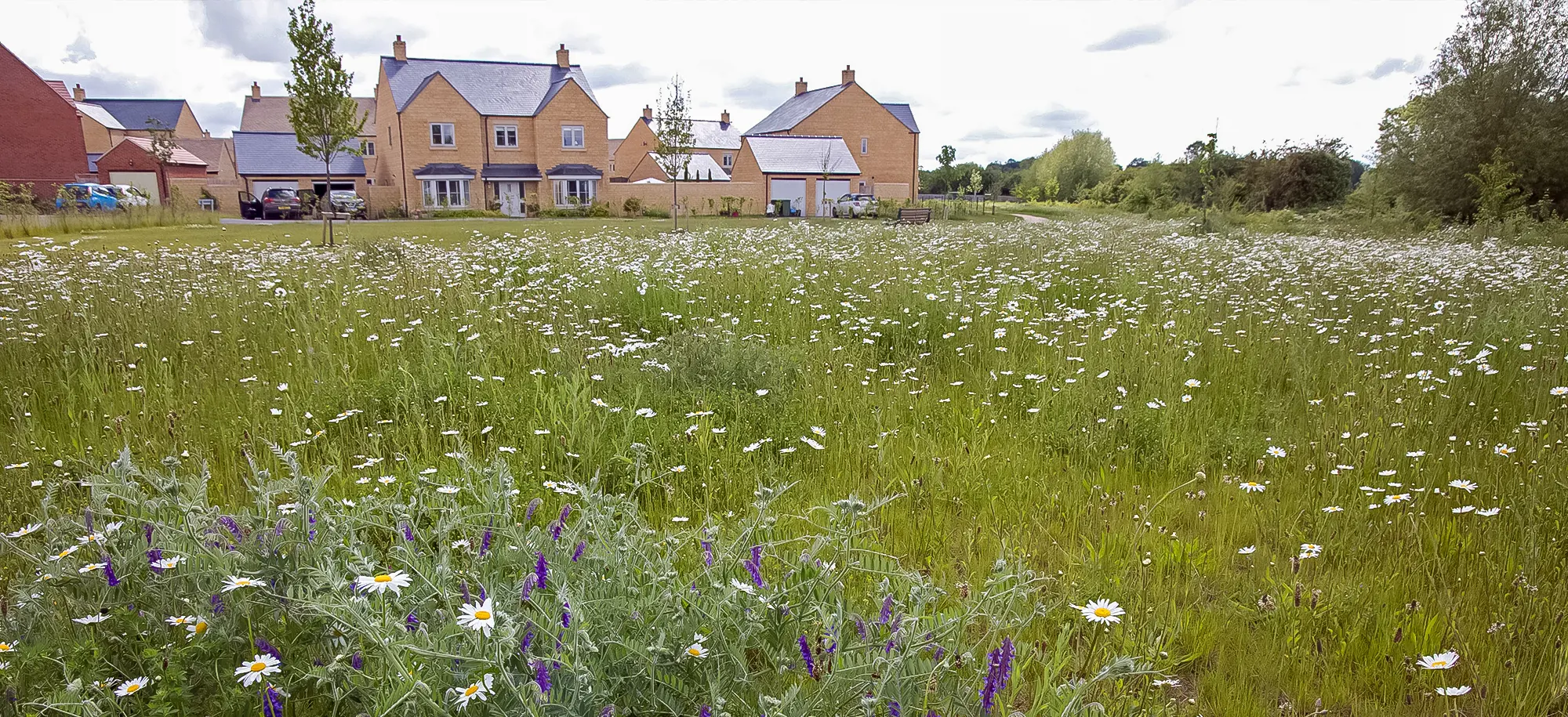
Do Not Pass Go! How to start on site with BNG
Heather Overhead
26 May 2023
There’s been a flurry of recent activity from the Government in relation to the forthcoming mandatory Biodiversity Net Gain (BNG) requirement in England. In February they released their long-awaited response to the consultation on regulations and implementation, alongside some new guidance. In March, Natural England published the Biodiversity Metric 4.0 which includes a small sites metric.
One thing that is clear is Government still intends for the mandatory requirement to come into force for all major applications submitted in England this November, although secondary legislation is required to enact this.
What do we know?
The guidance and consultation response have provided clarity on some of the outstanding issues and has filled in some of the detail that was missing.
Key things we now know are:
-
Timescales: applications submitted from November this year for major development (in England) will be subject to the mandatory BNG condition, for ‘small sites’ (i.e. non-major development) this will be imposed on applications submitted from April 2024 and for NSIPs ‘no later than April 2025’;
-
Exemptions: development impacting habitats below a set threshold, householder applications and BNG sites will be exempt, whilst previously developed land, Change of Use and temporary won’t be exempt;
-
Section 73 applications: These will only be subject to the mandatory BNG requirement where the original permission was granted after BNG became a mandatory requirement;
-
Outline and phased permissions: the approach to delivery of BNG from the whole development on a phase-by-phase will be required up front but LPAs will have some discretion how and when delivery is achieved. There will be a requirement for approval of a biodiversity gain plan prior to commencement of each phase;
-
Mechanics: Biodiversity gains will be secured through a combination of planning conditions, planning obligations or conservation covenants and enforced primarily by the planning enforcement regime;
-
Biodiversity units: it is anticipated that a biodiversity unit market will develop, whereby any landowners will be able to sell biodiversity units (subject to meeting the relevant requirements) - see
Government guidance for more information. If a development delivers a BNG of more than 10%, the excess units can be sold on the market;
-
Biodiversity Gain Site Register: this will be operated by Natural England and will record all off-site gains. Registration of off-site units will be mandatory, and will require a binding legal agreement with Habitat Management and Monitoring Plan (HMMP) to qualify. We are yet to see the register, however it is expected to be up and running by November;
-
Government credits: these will be sold by Natural England, the price will be set intentionally high to discourage their use, and they will be phased out once the biodiversity unit market has matured. The initial price will be published in May 2023;
-
Stacking: you can sell biodiversity units and nutrient credits from the same parcel of land relying on the same enhancements, however there are restriction on combining sale of biodiversity unit with other land management schemes. See
guidance for info.
What don’t we know?
Whilst the recent guidance and response to the consultation is helpful and provides some much needed clarity, there is still a way to go to get the system up and running smoothly by November. In the consultation response there is acknowledgement that secondary legislation and further guidance is required in relation to a range of topics, and that the Government are working to resolve some issues raised. The key outstanding items are:
-
Biodiversity information: A Biodiversity Gain Statement must be submitted with the planning application, and a Biodiversity Gain Plan must be approved to discharge the BNG condition, however, we still haven’t seen templates for these documents. We are also still waiting on a HMMP template (which will be required for registration of off-site gains);
-
Outline and phased permissions: Secondary legislation and guidance is required to clarify and formalise processes for applying the BNG requirement;
-
Off-Site Gains: further guidance is required to clarify what constitutes “appropriate off-site biodiversity gains for a particular development”. The price of registering off-site gains is yet to be determined – a range of £100 to £1,000 is given. Secondary legislation is required in relation to processes for making and determining applications to the register;
-
On-Site Gains: there are uncertainties around timescales for provision and what threshold would trigger a requirement for a formal mechanism to secure gains
-
Exemptions: Secondary legislation is required to implement exemptions, including for impacts on ‘irreplaceable habitats’. Further consideration is being given to how to exempt ‘small scale self build plots’, whilst avoiding unintended consequences;
-
The long term: biodiversity gains must be maintained for at least 30 years, but what happens after that? The consultation response is clear that the intention is for the vast majority of gain sites to remain in some sort of “conservation management”, and suggests that landowners should take this into account. The mechanics of how this may be controlled are yet to be determined.
Will the new system work?
BNG is already being applied across large parts of the country at varying percentages so we know that a system can work. But will the system due to come into force on permissions for major development submitted from England in November work or is it over-designed and overly prescriptive? The key to its smooth running will be an early launch of the Biodiversity Gain Site Register, which is specified in the Environment Act as being necessary for the use of off-site biodiversity gains.
Get it touch if you’d like to discuss how to navigate your way through the BNG system



